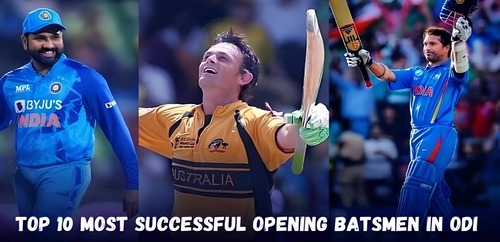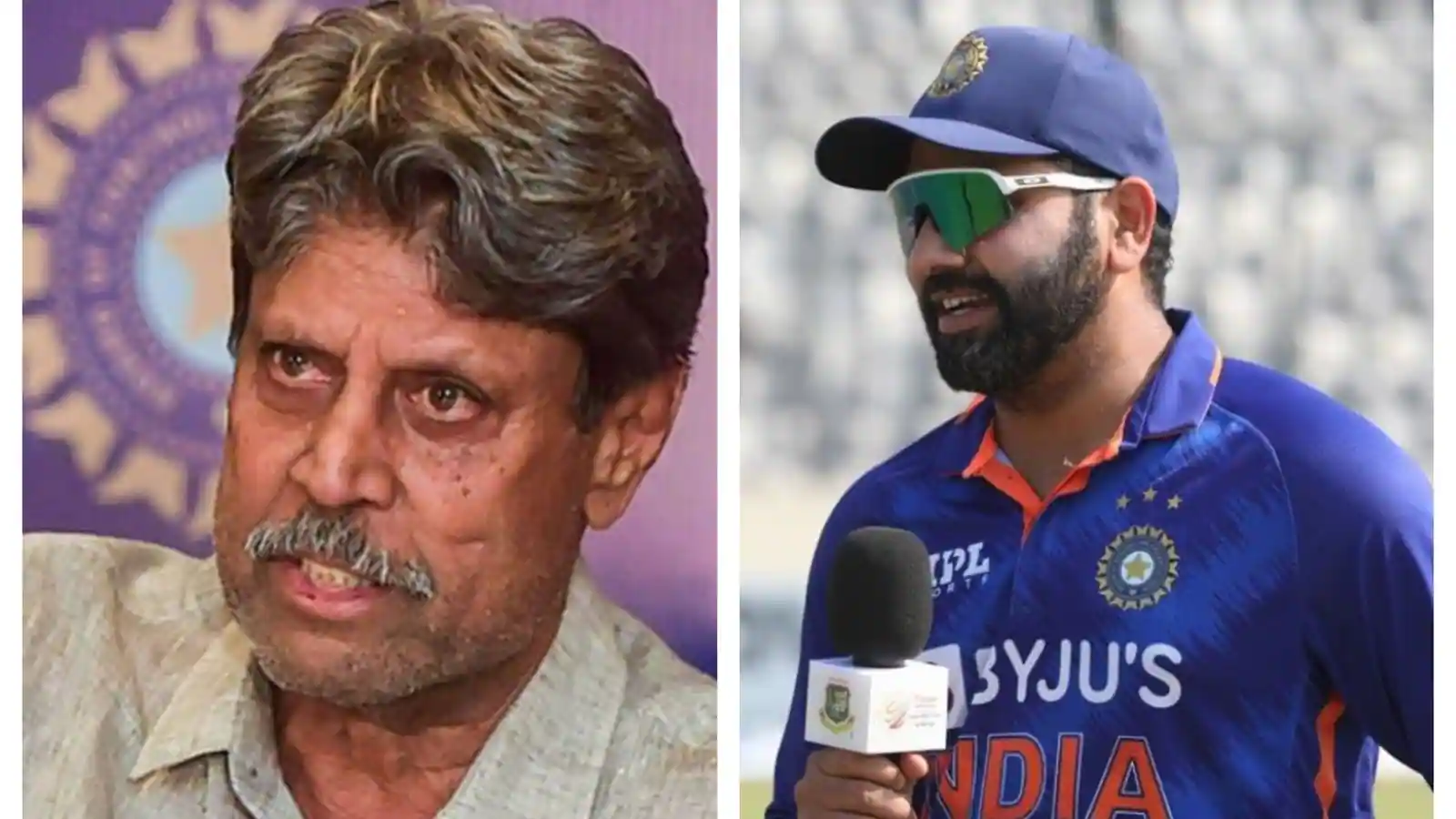
The Evolution of Indian Cricket Captaincy: From Kapil to Rohit
1. Introduction – The Changing Face of Leadership in Indian Cricket
“From Kapil Dev’s fearless World Cup-winning leadership to Rohit Sharma’s tactical brilliance, Indian cricket has witnessed a fascinating evolution in captaincy.”
In India, cricket isn’t just a sport; it’s a religion. And the captain of the Indian cricket team? Well, they’re practically demigods. The captain is more than just a leader; they’re a strategist, an inspiration, and the face of a billion hopes. This isn’t just about winning matches; it’s about carrying the weight of a nation’s expectations.
Over the years, we’ve seen a remarkable transformation in how Indian captains lead their teams. From Kapil Dev’s raw passion to MS Dhoni’s ice-cool strategy and Rohit Sharma’s calculated aggression, the journey has been nothing short of captivating. Let’s take a quick look at this evolution:
- 1980s: Kapil Dev’s era – the underdogs who conquered the world.
- 1990s: A period of transition with Azharuddin and Tendulkar.
- Early 2000s: Sourav Ganguly’s aggressive revolution.
- Mid-2000s: The tactical minds of Dravid and Kumble.
- Late 2000s - Mid 2010s: Dhoni’s golden age of ICC trophies.
- Late 2010s - Early 2020s: Kohli’s Test dominance and fitness focus.
- 2022-Present: Rohit Sharma’s era of calm strategy and ICC hope.
2. The Kapil Dev Era – Fearless & Revolutionary
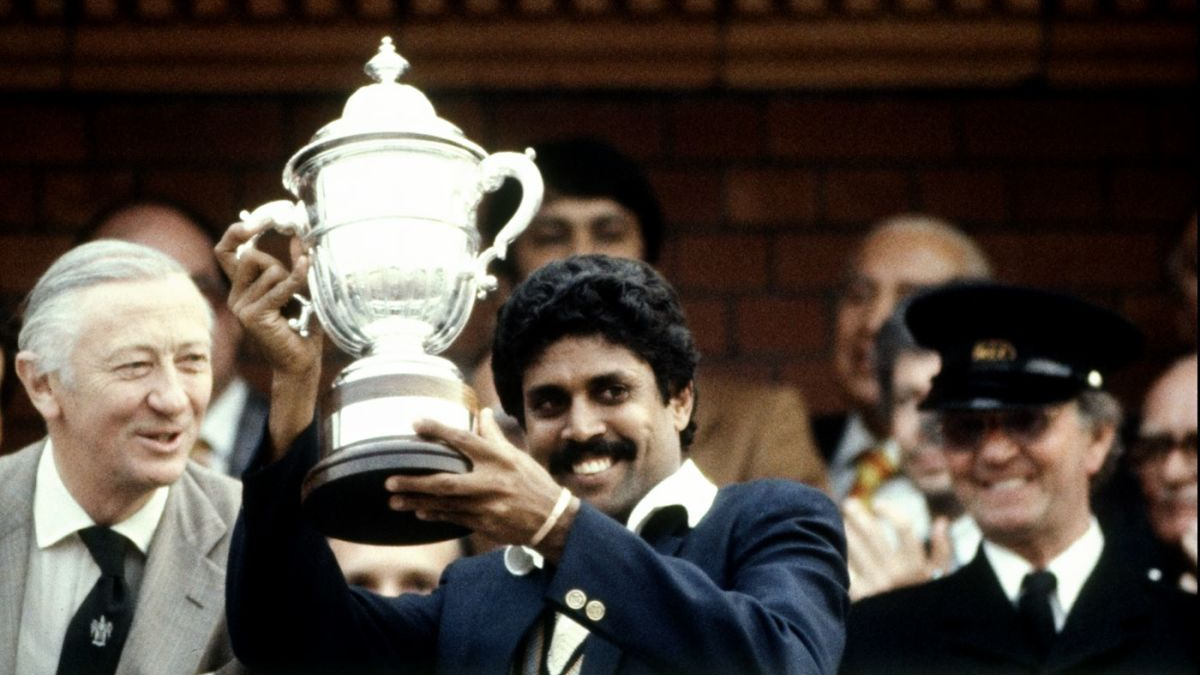
Kapil Dev. The name itself evokes images of the iconic 1983 World Cup victory. This was the moment that changed Indian cricket forever. Before 1983, India were the perennial underdogs. Kapil, with his never-say-die attitude and all-round brilliance, transformed that perception.
His leadership was about leading from the front. He wasn’t one for elaborate team meetings or complex strategies. He believed in his players, instilled a fighting spirit, and inspired them with his own performances. His 175* against Zimbabwe in the 1983 World Cup is a testament to his grit and determination.
“We were ready to die for him on the ground.” - Balwinder Sandhu, on Kapil Dev’s leadership.
Kapil’s captaincy wasn’t just about winning; it was about proving that India could compete with the best. He laid the foundation for the future of Indian cricket, inspiring generations of players and fans.
3. The 1990s Transition – Azharuddin & Tendulkar’s Leadership Challenges
The 1990s were a turbulent period for Indian cricket. Mohammad Azharuddin, with his elegant batting and wristy flicks, took over the captaincy. Azhar was a tactically astute leader, known for his calm demeanor, even under pressure. He led India to victories in the Asia Cups in 1990-91 and 1995 and the semi-finals of the 1996 World Cup.
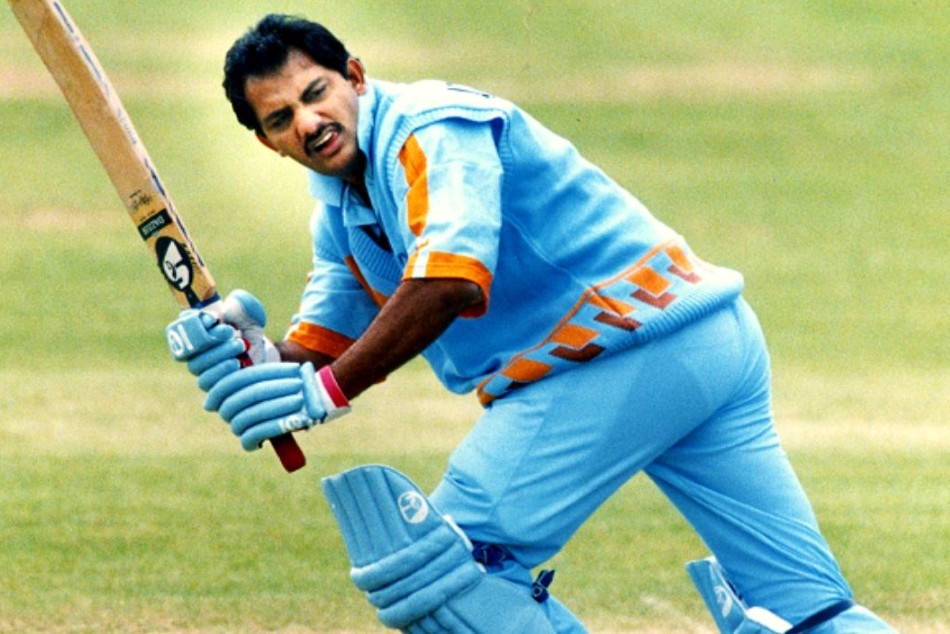
However, this era was also marred by the match-fixing controversies that shook the cricketing world. It was a dark period that cast a shadow over Indian cricket.
Sachin Tendulkar, arguably the greatest batsman of all time, also had two stints as captain. While he continued to excel individually, the team struggled under his leadership. It became clear that captaincy wasn’t his forte. The immense pressure and expectations seemed to weigh him down.
“Sachin was quite involved in his own performance.” - Madan Lal, former India coach, on Tendulkar’s captaincy.
Tendulkar’s experience highlighted the fact that being a legendary player doesn’t automatically translate to successful captaincy.
4. Ganguly’s Era – The Bold & Fearless Revolution (2000-2005)
Enter Sourav Ganguly, affectionately known as “Dada.” He took over the reins at a time when Indian cricket was reeling from the match-fixing scandal. Ganguly wasn’t just a captain; he was a revolutionary. He instilled a brand of aggressive, fearless cricket that had been missing in Indian teams.
The 2001 Border-Gavaskar Trophy victory against Australia, where India came back from 1-0 down to win 2-1, was a defining moment. And who can forget the iconic image of Ganguly waving his shirt on the Lord’s balcony after the NatWest Final victory in 2002? These were moments that signaled a new era in Indian cricket.
Ganguly’s greatest contribution was perhaps his faith in young talent. He backed players like Virender Sehwag, Yuvraj Singh, Harbhajan Singh, and a young MS Dhoni, who would go on to become legends of the game. He built a team that was not afraid to take on the world, and win, especially away from home.
“He created ‘micro-captains’ within different departments of the team.” - A description of Ganguly’s leadership approach.
5. The Tactical Phase – Dravid & Kumble’s Short Stints (2005-2008)
After Ganguly, Rahul Dravid, “The Wall,” took over. Dravid was known for his dependable batting and tactical acumen. He focused on building a strong team spirit and led by example.
Under Dravid, India achieved significant overseas Test wins, including series victories in the West Indies and England, and a historic first Test win in South Africa. However, the 2007 ODI World Cup was a major disappointment, with India crashing out in the group stage.
Anil Kumble, the legendary leg-spinner, had a brief but impactful stint as Test captain. He was known for his discipline, determination, and calm demeanor. He led India to a memorable Test series win against Pakistan and guided the team through the controversial “Monkeygate” scandal in Australia with maturity and grace.
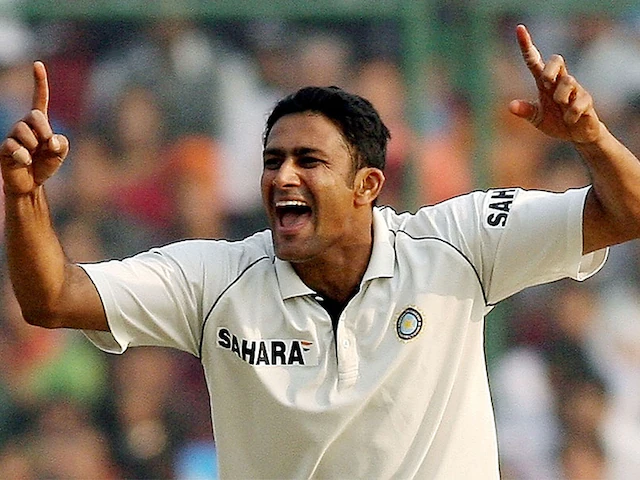
6. MS Dhoni’s Era – Calmness, Strategy & Ultimate Success (2007-2016)
MS Dhoni. “Captain Cool.” The man who redefined Indian cricket captaincy. He took over the reins in 2007 and ushered in a golden era of success.
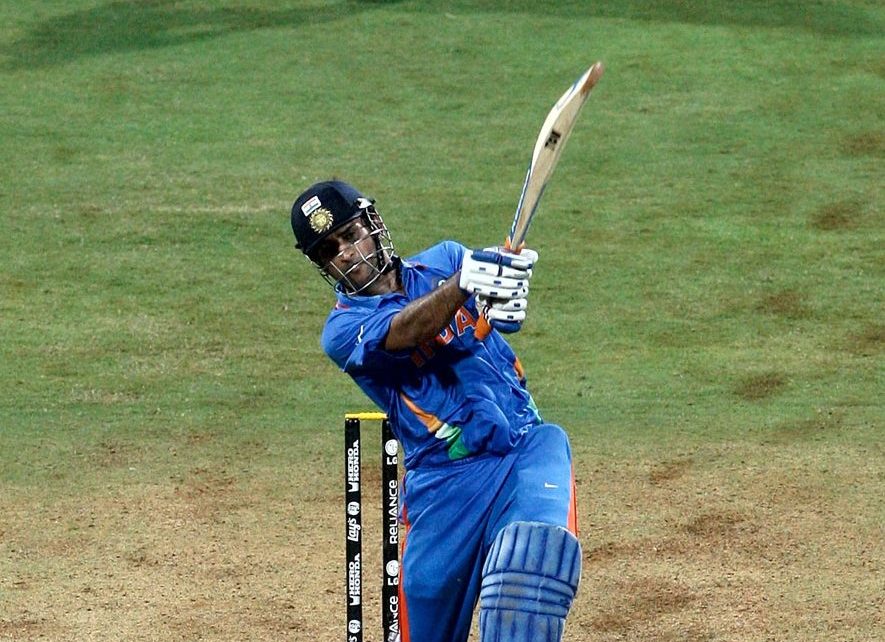
The 2007 T20 World Cup victory, the 2011 ODI World Cup triumph on home soil, and the 2013 Champions Trophy win – Dhoni led India to unprecedented glory in ICC tournaments. He was the only captain in history to win all three major ICC trophies.
Dhoni’s captaincy was characterized by his calmness under pressure, his unconventional decision-making, and his ability to read the game like no other. He was a master strategist, often making bold moves that left everyone surprised, but ultimately proved to be masterstrokes.
“He was an astute tactician with exceptional game-reading abilities.” - Describing Dhoni’s captaincy skills.
Dhoni’s influence extended beyond trophies. He instilled a winning mentality in the team, a belief that they could win from any situation. He changed the mindset of Indian cricket.
7. Virat Kohli’s Era – Aggression, Fitness & Test Dominance (2017-2022)
Virat Kohli took over the captaincy from Dhoni and brought his own brand of aggressive, passionate leadership. He emphasized fitness and a relentless pursuit of excellence.

Under Kohli, India became a dominant force in Test cricket, particularly in overseas conditions. He led India to the top of the ICC Test rankings for three consecutive years and achieved historic Test series wins in Australia (2018-19 and 2020-21).
Kohli’s intensity and passion were infectious, driving the team to new heights of fitness and performance. However, an ICC trophy eluded his captaincy, despite coming close on several occasions.
“His leadership was characterized by his aggressive and passionate approach, emphasizing fitness and a relentless pursuit of excellence.”
8. Rohit Sharma’s Era – Calm, Strategic & ICC Hope (2022-Present)
Rohit Sharma, “The Hitman,” became the all-format captain in early 2022. He brought a calm and composed demeanor to the role, along with his renowned tactical awareness.
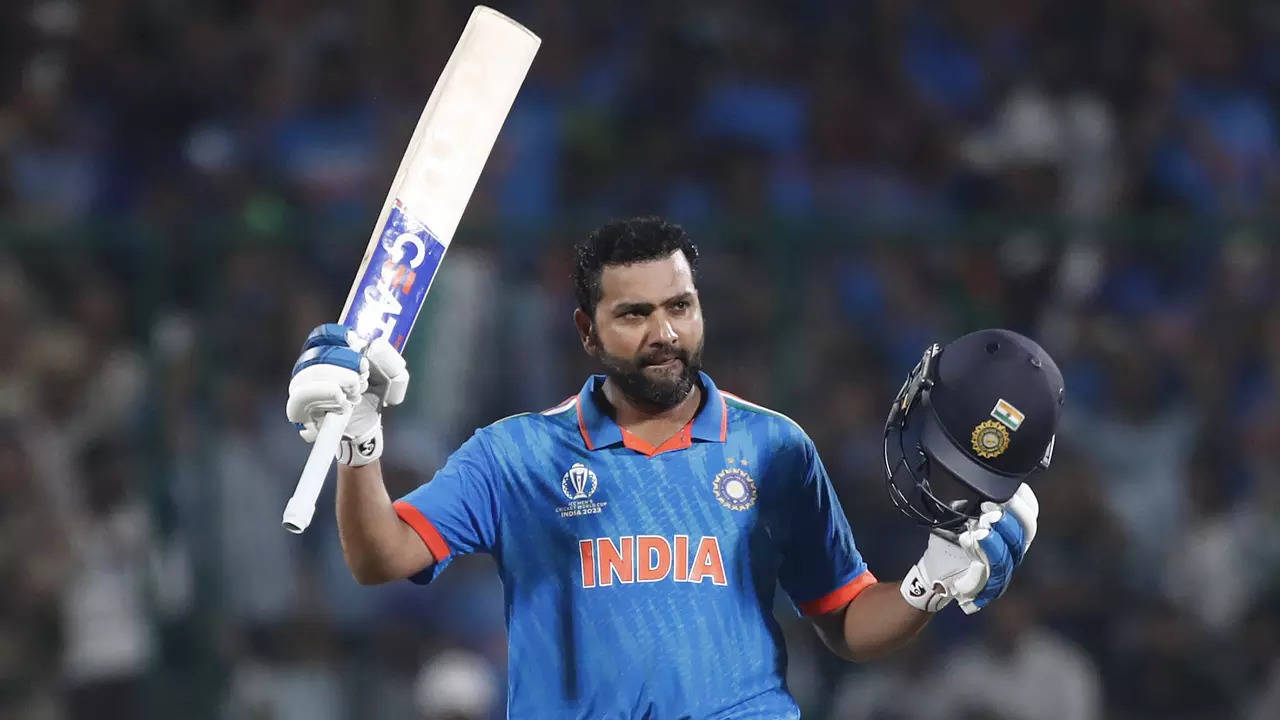
Rohit’s captaincy style is a blend of aggression and calculated risk-taking. He empowers his players, encourages them to express themselves, and backs them to the hilt. He led india to victory in both the T20 World Cup and the ICC Champions Trophy.
He led India to the finals of the 2023 ODI World Cup, showcasing his ability to guide the team in high-pressure situations.
“He is known for his calm demeanor and strategic thinking, empowering players and encouraging them to take risks.”
9. Conclusion – What’s Next for Indian Captaincy?
The journey of Indian cricket captaincy has been a fascinating one, marked by distinct eras and contrasting leadership styles. From Kapil Dev’s raw courage to Rohit Sharma’s strategic brilliance, each captain has left an indelible mark on Indian cricket.
The question now is: who is the next leader? Names like Shubman Gill, Hardik Pandya, and Rishabh Pant are often mentioned as potential future captains. The Indian Premier League (IPL) has also played a significant role in shaping India’s leadership future, providing a platform for young players to showcase their captaincy skills.
One thing is certain: the hunger to win remains the driving force. From raw aggression to cool-headed strategy, Indian captaincy has evolved, but the ultimate goal remains the same – to bring glory to the nation and inspire a billion dreams. The evolution continues. The future of Indian cricket captaincy is bright, and we can expect more exciting chapters to be written in the years to come.
You May Also Like

India vs Pakistan Cricket: The World's Most Intense Sporting Rivalry - A Complete Guide
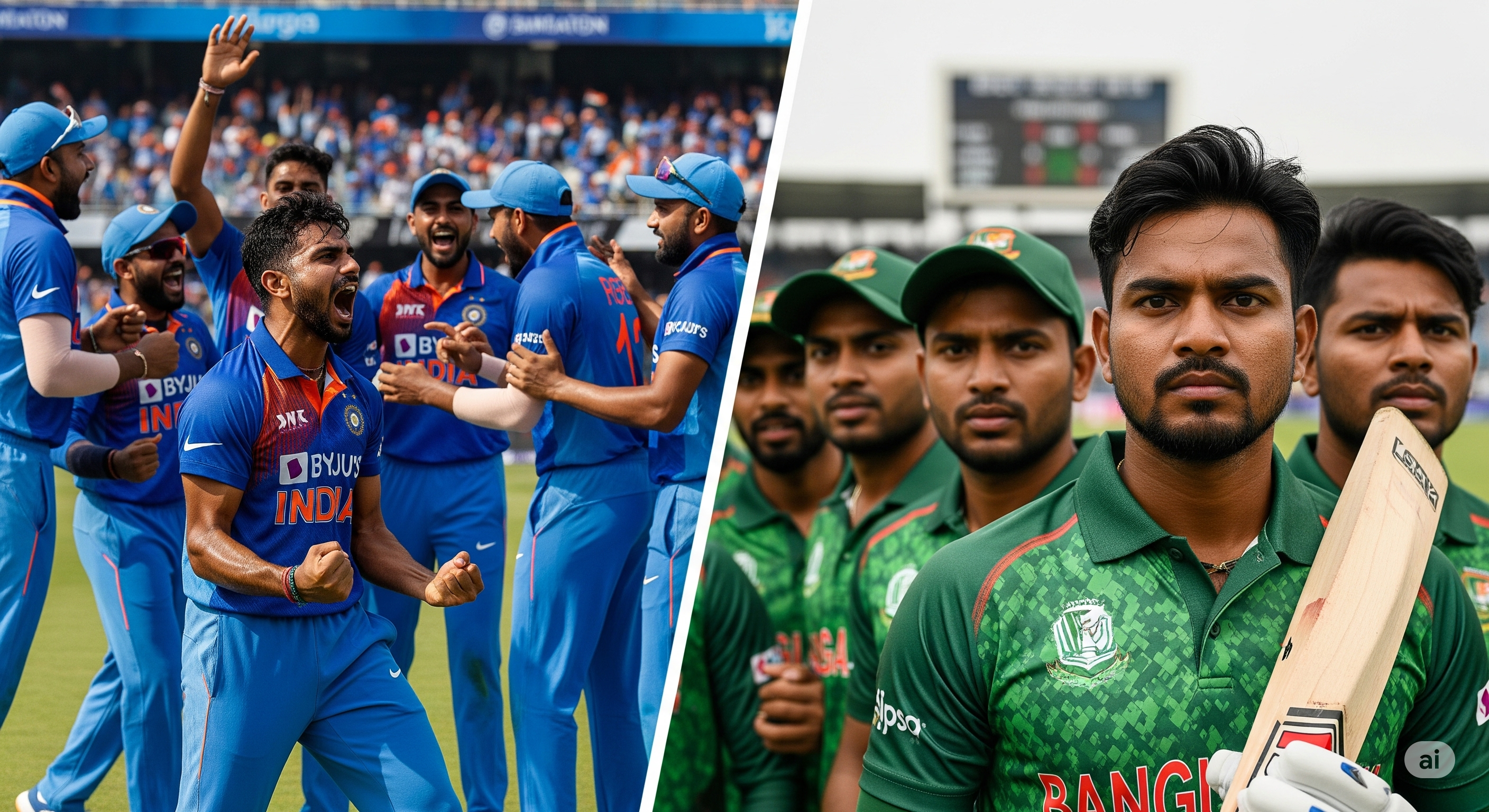
The Roaring "Asian Clasico": Unpacking the Fiery India-Bangladesh Cricket Rivalry
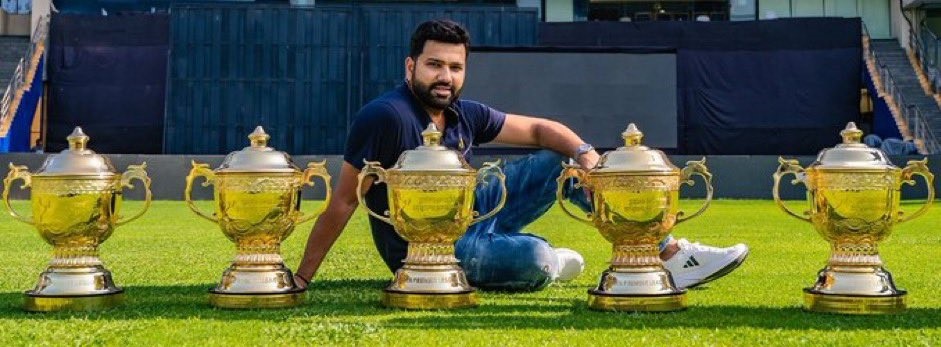
Rohit Sharma’s Greatest IPL Moments
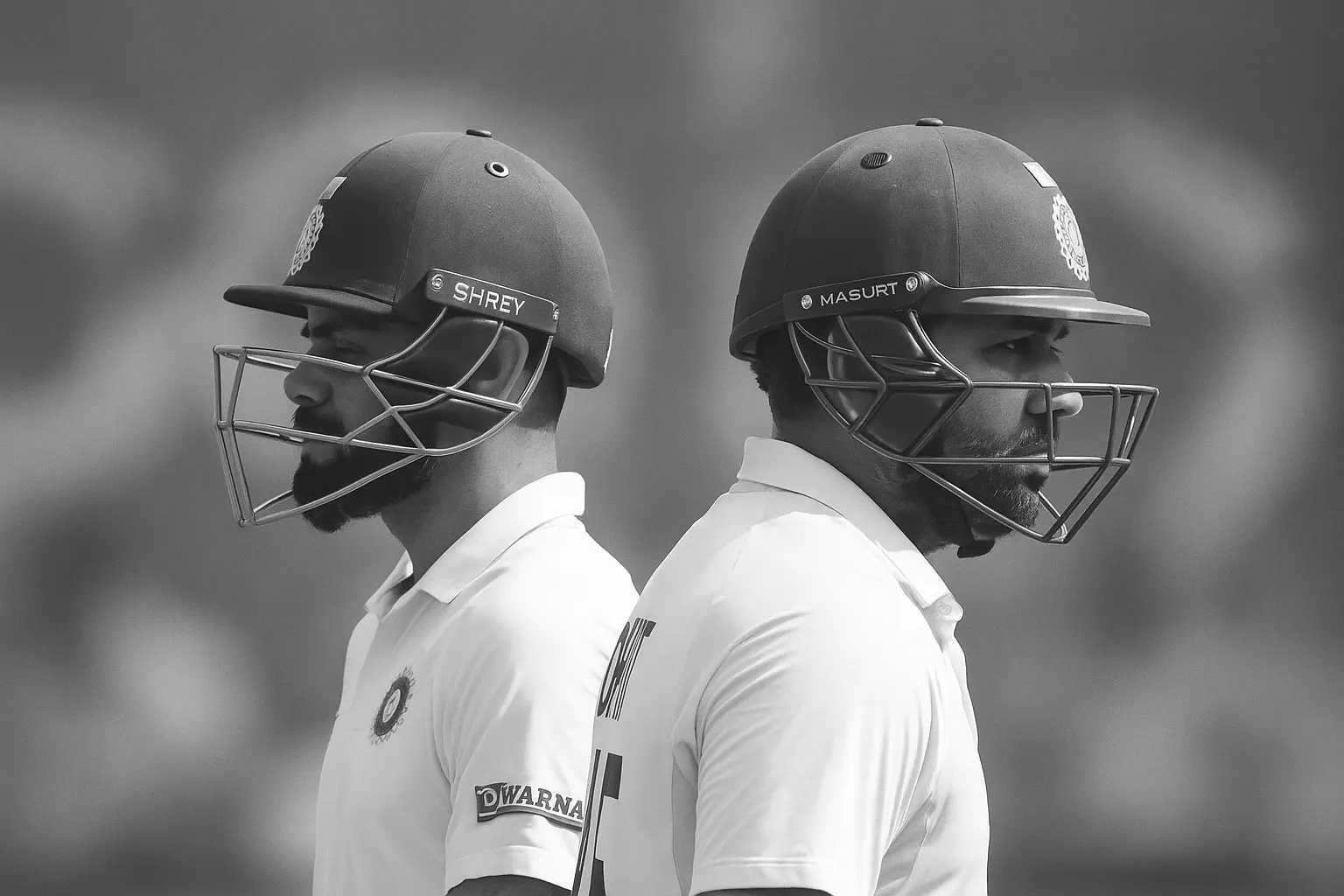
End of an Era: Kohli and Rohit Sign Off from Tests

Top 10 Fast Bowlers in Indian Cricket History - India's Best Fast Bowlers Ranked
